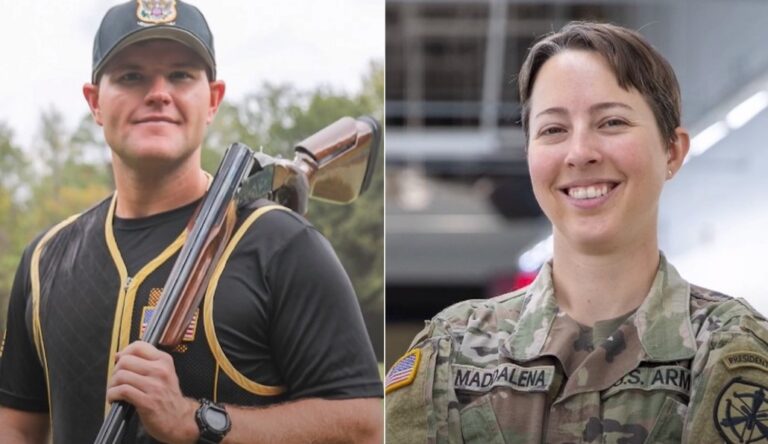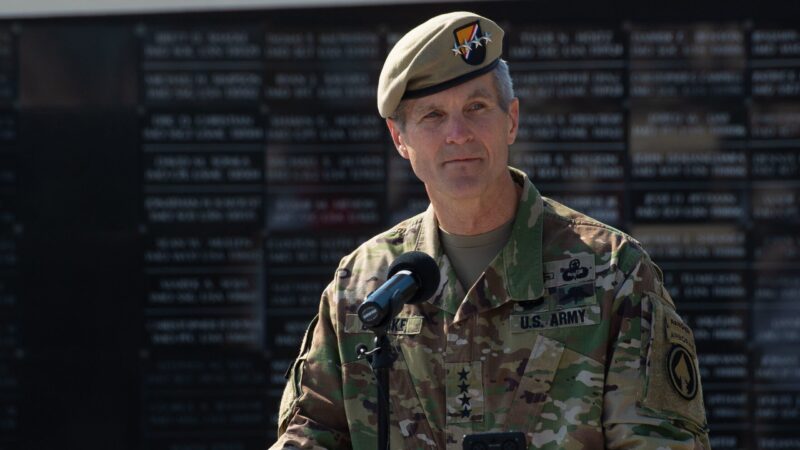The U.S. special operations community faces a balancing act, as informed by world events. Leaders at Fort Liberty in North Carolina must optimize capabilities amid a directed 5,000 personnel reduction by 2027. Lessons from recent conflicts influence the restructuring, particularly affecting the U.S. Army Special Operations Command.
USASOC plans to expand Green Beret teams with experts like software engineers who can reprogram drones on the spot. This strategy could spread across all military branches, reflecting a shift from counterterrorism to preparing for larger-scale combat.
The Army’s decision to cut 24,000 troops drives this reduction, responding to recruitment challenges and a need to streamline the force. Commanders must find individuals with advanced technical skills. Some skills are harder to teach, raising concerns about the balance between training and recruitment.
Congressional Opposition and Operational Demand
Congress has opposed these cuts, particularly their impact on bases like Fort Liberty. Special Operations Command highlights the increasing global demand for their services. They stress that reduced troop numbers could limit their operational capabilities.
Special operations forces grew due to conflicts in Iraq and Afghanistan. Pentagon leaders now believe a reduction is possible without compromising effectiveness. Maintaining readiness and flexibility is crucial, including the ability to quickly add specialists as needed.
Training Evolution and Technological Integration
Training must evolve to include more technology-focused skills. Commanders are exploring ways to integrate new technologies and tactics into exercises and missions. Adaptability remains key as the force adjusts to these changes.
Conclusion
U.S. special operations face a significant challenge. They must incorporate high-tech expertise while reducing overall numbers. This reorganization aims to prepare the military for future conflicts, despite opposition and operational demands.









